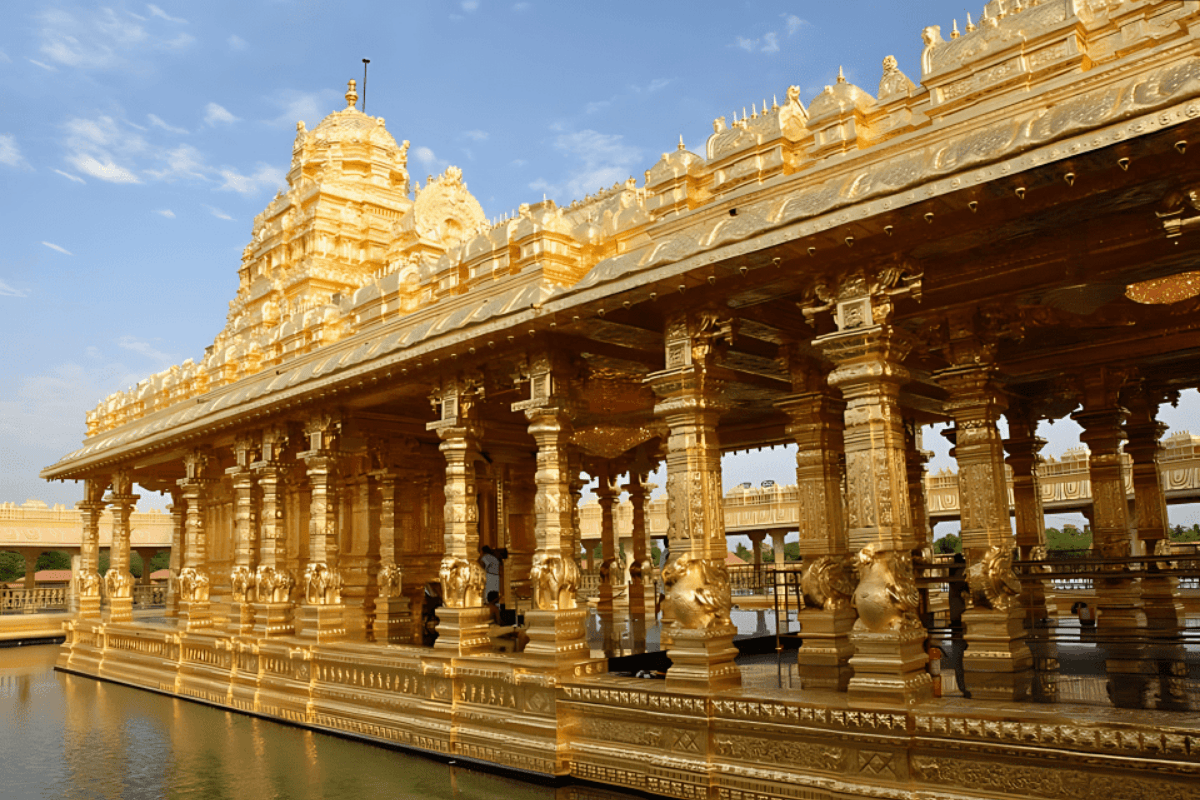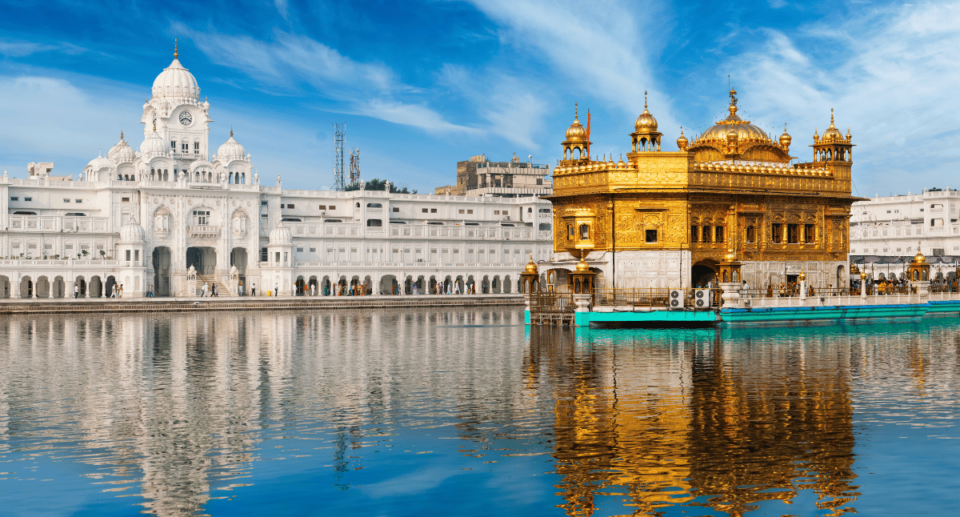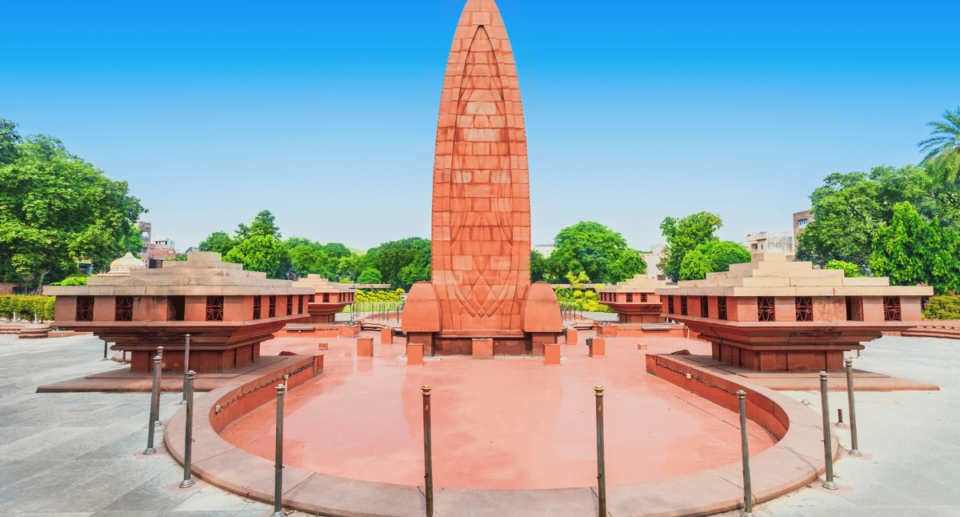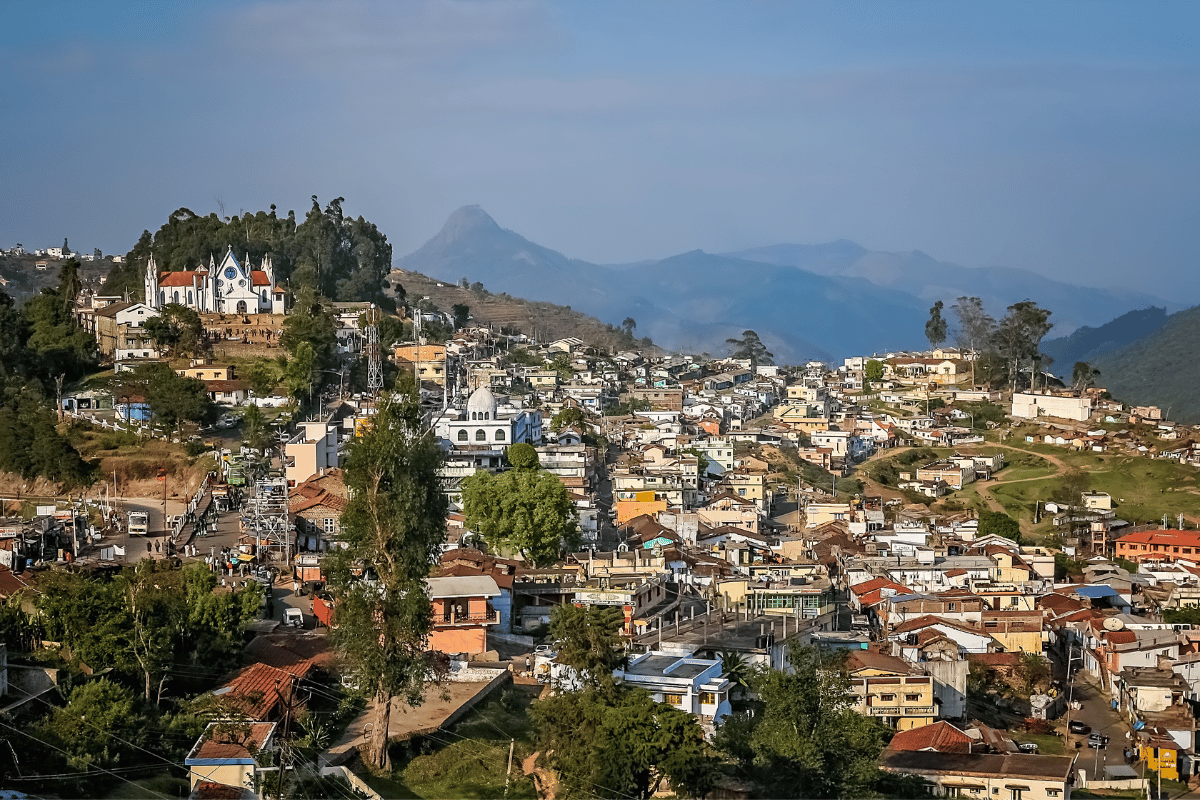History of Amritsar: Everything you need to know
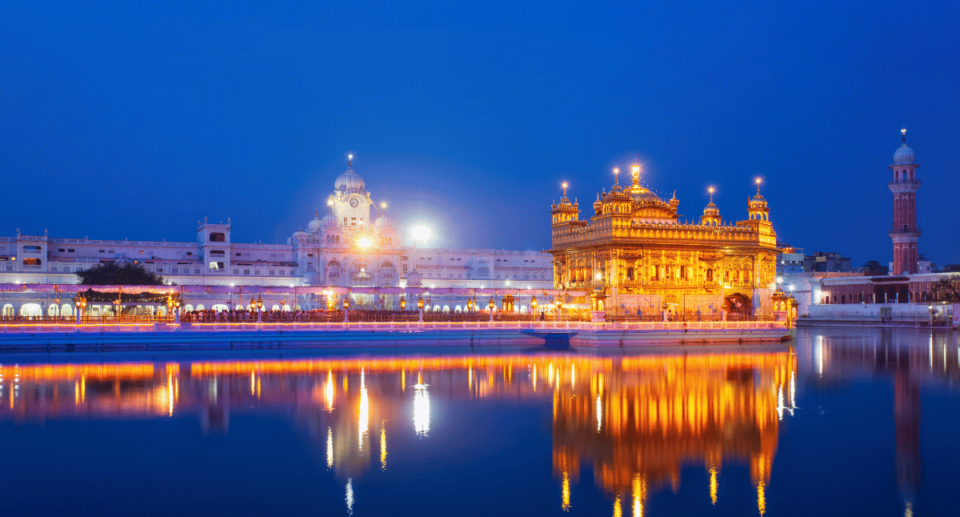
Amritsar, one of the most culturally and historically rich cities in India, boasts a history that intertwines with the annals of Sikhism and the Indian struggle for independence. Its name, derived from the Amrit Sarovar (Pool of Nectar), which surrounds the Golden Temple, reflects the city’s spiritual and historical significance.
Table of Contents
Detailed History of Amritsar
Founding and Sikh Heritage:
Amritsar’s foundation was laid in 1577 by Guru Ram Das, the fourth Sikh Guru. He acquired the land from the Mughal emperor Akbar and constructed a pool, which later became the central focal point of Sikh spirituality. The city grew around this pool, with the Harmandir Sahib (Golden Temple) being established by Guru Arjan, the fifth Sikh Guru, in the center of the Amrit Sarovar. The temple became a symbol of the Sikh religion, attracting pilgrims from all over the world.
Mughal and Afghan Invasions:
The city witnessed several invasions and was subjected to the wrath of the Mughal and Afghan forces. Despite this, it flourished as a center of Sikh culture and politics, especially under the leadership of Maharaja Ranjit Singh in the early 19th century. He fortified the city and adorned the Harmandir Sahib with gold, which led to the temple being known as the Golden Temple.
Colonial Era and the Jallianwala Bagh Massacre:
The British colonial era saw Amritsar emerge as a hotbed of Indian nationalism. The city played a crucial role in the Indian independence movement, most notably during the Jallianwala Bagh Massacre in 1919. British troops opened fire on a peaceful gathering, killing hundreds. This tragic event marked a turning point in the Indian struggle for independence, galvanizing resistance against British rule.
Partition and Post-Independence:
The partition of India in 1947 had a profound impact on Amritsar, with the city being on the frontline of the divide between India and Pakistan. The period was marked by violence and mass migrations. However, in the years following independence, Amritsar saw significant development and maintained its status as a major cultural and religious center.
Modern Amritsar:
Today, Amritsar is a vibrant city that beautifully blends its historical legacy with modernity. It remains a key site for Sikh pilgrimage and a symbol of Indian resilience and diversity. The city’s rich culinary scene, bustling markets, and vibrant festivals also contribute to its unique charm, making it a must-visit destination for those looking to experience the heart and soul of Punjab.
The history of Amritsar is a testament to the indomitable spirit of its people and their enduring faith. It’s a city that has withstood the test of time, serving as a beacon of hope, spirituality, and unity.

